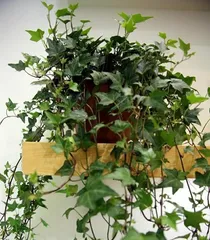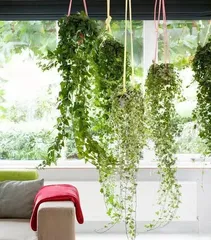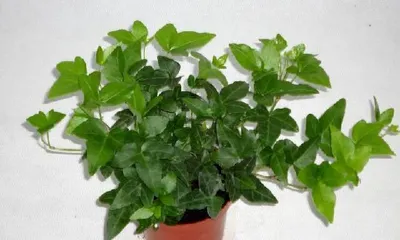Ivy is a common indoor foliage plant. Many people like to place it at home for decoration because of its beautiful shape. However, many people do not know that ivy actually has a certain toxicity. If not used and cared for properly, it may pose a hazard to human health. This article will provide a detailed introduction to the toxicity of ivy and offer proper indoor care methods to help readers better use and care for their ivy.

1. Understanding the Toxicity of Ivy
Ivy contains a toxic substance called "triterpenoid saponin." When the human body comes into contact with this substance, it may cause varying degrees of skin allergies and respiratory problems. In severe cases, it can even be life-threatening. When using and caring for ivy, special attention must be paid to avoid direct skin contact and to ensure good ventilation.
2. Understanding Suitable Ivy Varieties for Indoor Care
When choosing ivy for indoor care, it is necessary to select varieties that are suitable for indoor environments. For example, varieties like English ivy and Iceland ivy are relatively suitable for indoor cultivation. These varieties grow slowly and have smaller leaves, making them suitable for decorative placement in the home.

3. Pay Attention to Skin Contact with Ivy
Because ivy contains toxic substances, it is necessary to avoid direct skin contact when handling it. If you accidentally touch the leaves or stems of ivy, rinse the affected area with clean water immediately and seek medical attention promptly.
4. Proper Watering
Ivy's growth requires an appropriate amount of water, but it should not be overwatered. Generally, watering once a week is sufficient. When watering, be careful not to pour water directly onto the leaves to prevent excessive moisture and the growth of mold.
5. Proper Fertilization
Ivy does not require frequent fertilization. Generally, applying fertilizer once in the spring and once in the autumn is sufficient. Use organic or compound fertilizers, and the amount should not be excessive to avoid harming the plant and the soil.

6. Pay Attention to Light Exposure for Ivy
Ivy is suitable for growing in partial shade and should not be exposed to strong direct sunlight. If ivy is placed in a location with direct sunlight, it can easily cause the leaves to dry out and even die.
7. Pruning
During its growth process, ivy may develop large leaves and long stems. In this case, it is necessary to prune the plant appropriately to maintain its beautiful shape and promote healthy growth.
8. Pay Attention to Pest and Disease Control for Ivy
Ivy is susceptible to pests and diseases such as aphids and powdery mildew. When caring for ivy, it is important to inspect it regularly and spray with appropriate control agents to prevent the plant from being affected.
Ivy is a common indoor foliage plant, but it has a certain toxicity that requires attention during use and care. When caring for ivy, it is important to pay attention to aspects such as watering, fertilization, light exposure, pruning, and pest and disease control. Only by properly caring for ivy can one better appreciate its beautiful leaves and shape.